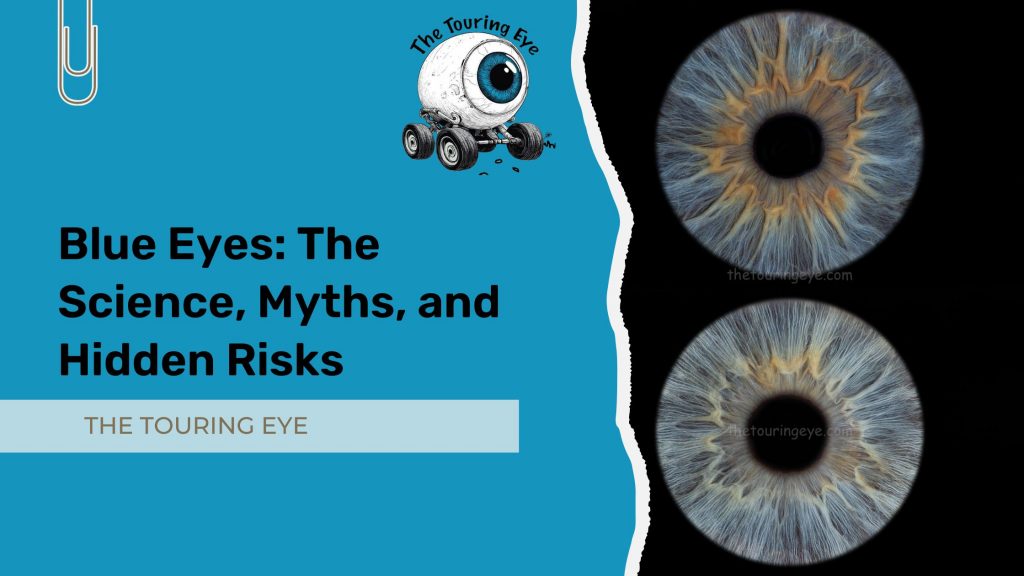
Blue eyes are often romanticised in poetry, film, and pop songs. They’ve been called “windows to the soul,” symbols of innocence, and—depending on who you ask—genetic lottery wins. But beneath the flattery lies a fascinating cocktail of genetics, evolutionary history, and, inconveniently, a few hidden health risks. In this article, I’ll unpack the science of blue eyes, dispel the myths, and highlight the medical considerations worth knowing.
The Genetics of Blue Eyes
Blue eyes are not blue in the same way that a sapphire is blue. They contain no blue pigment whatsoever. Instead, their colour is an optical trick of physics known as Rayleigh scattering, the same phenomenon that makes the sky appear blue.
- No melanin = blue illusion: Brown eyes contain a high concentration of melanin in the iris, which absorbs light. Blue eyes have significantly less melanin. As a result, shorter wavelengths of light (blue) scatter more easily, making the iris appear blue.
- One ancestor theory: Research from the University of Copenhagen in 2008 suggested that all people with blue eyes may trace back to a single genetic mutation in the OCA2 gene that occurred around 6,000–10,000 years ago. Before that, everyone on Earth had brown eyes.
- Not just one gene: Eye colour is polygenic, meaning multiple genes influence it. While OCA2 plays a starring role, genes like HERC2 also act as switches, controlling the amount of melanin produced in the iris.
In short, blue eyes are not rare magic—they’re a shared quirk of genetics and light scattering.
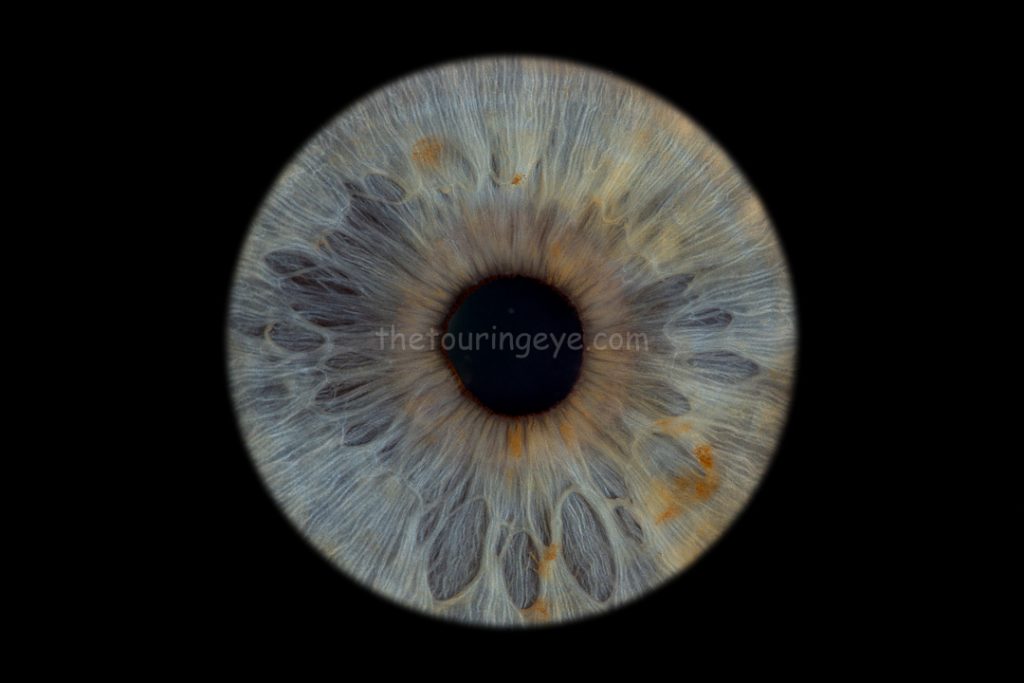
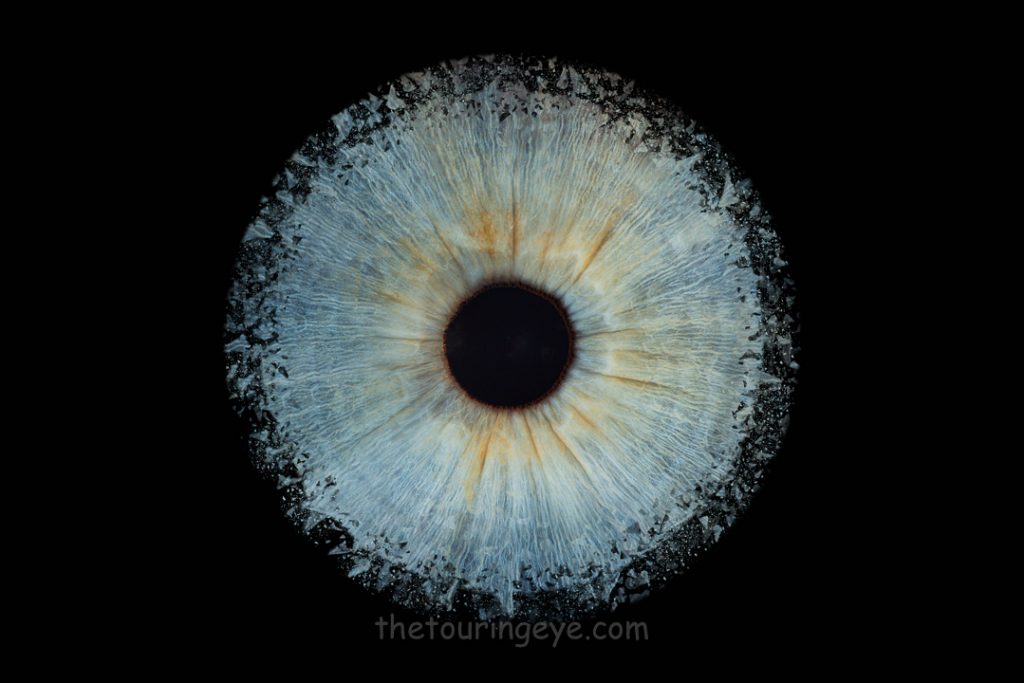
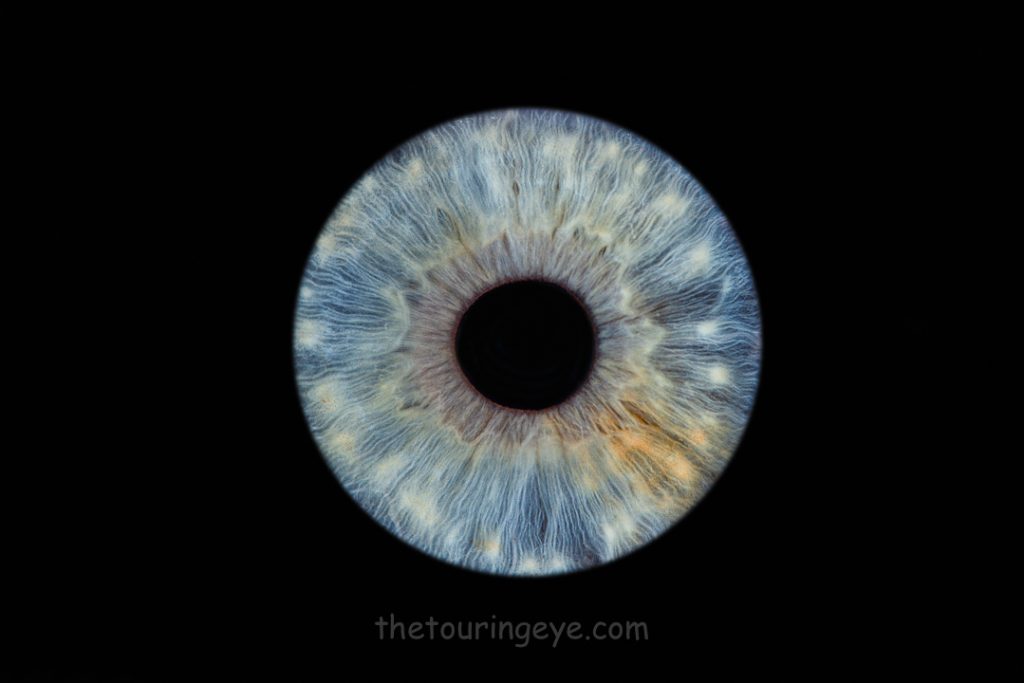
How Common Are Blue Eyes?
Blue eyes were once widespread across Northern Europe, but their prevalence has been shrinking. In the UK, roughly 20–30% of people have blue eyes, while in countries such as Estonia and Finland, that number shoots up to 80–90%. In contrast, fewer than 10% of people worldwide now have naturally blue eyes, making them relatively rare compared to brown.
For context:
- UK: About 25% of the population has blue eyes.
- USA: Only 17% of adults have blue eyes today, down from over 50% in the early 20th century.
- Global average: Brown dominates, accounting for more than 70–80% of the world’s eyes.
Myths About Blue Eyes
Blue eyes have carried cultural baggage for centuries. Some myths are flattering, others are complete nonsense. Let’s debunk a few.
1. Myth: People with blue eyes have better vision.
Reality: There’s no evidence that blue-eyed individuals see more clearly. In fact, some research suggests that light-coloured eyes may be slightly more sensitive to glare, thanks to reduced melanin.
2. Myth: Blue eyes are weaker or more fragile.
Reality: The eyes themselves aren’t structurally weaker. What’s true is that lower melanin levels leave them more vulnerable to UV damage (we’ll come back to this).
3. Myth: Blue-eyed people are more attractive.
Reality: Beauty is subjective, cultural, and, frankly, shaped by fashion. In the UK and Europe, blue eyes have historically been idealised, but in other parts of the world, brown or hazel eyes are more highly prized.
4. Myth: Blue-eyed babies keep their eye colour forever.
Reality: Many babies of European descent are born with blue or greyish eyes due to a lack of melanin at birth. The final eye colour often settles between six months and three years, as melanin production increases.
The Hidden Risks of Blue Eyes
Here’s where the science gets less romantic. Blue eyes come with a few health considerations, mostly tied to that lack of melanin in the iris.
1. Increased UV Sensitivity
Melanin in the iris helps shield the eye from ultraviolet radiation. With less melanin, blue-eyed individuals have:
- Higher risk of photophobia: Increased light sensitivity, especially in bright sunlight.
- Greater susceptibility to damage: UV exposure may accelerate conditions like cataracts and macular degeneration.
Practical tip: Invest in a decent pair of sunglasses with UV400 protection. Not the £2 petrol station pair—the real deal.
2. Slightly Higher Risk of Eye Cancer
Blue-eyed people may face a higher risk of ocular melanoma, a rare but serious eye cancer, because of reduced natural protection against UV rays. Studies from Moorfields Eye Hospital in London and international oncology research confirm this increased vulnerability, although the condition remains uncommon overall.
3. Age-Related Macular Degeneration (AMD)
Some studies indicate that lighter eyes might be more prone to AMD, a leading cause of vision loss in people over 50. Again, genetics, lifestyle, and overall health also play significant roles, but blue eyes may be a modest risk factor.
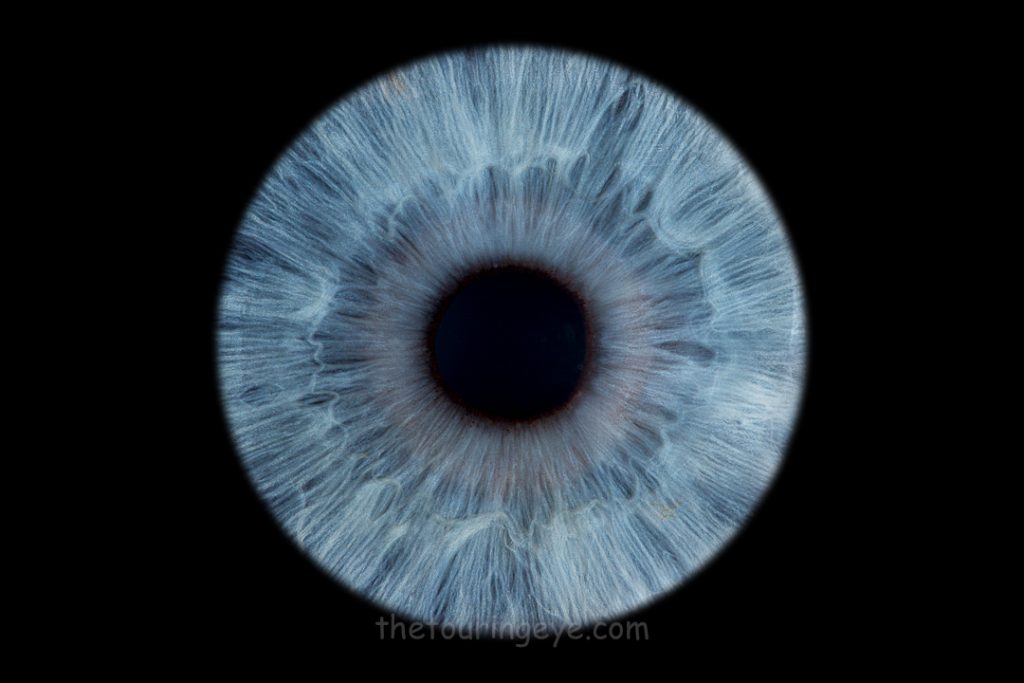
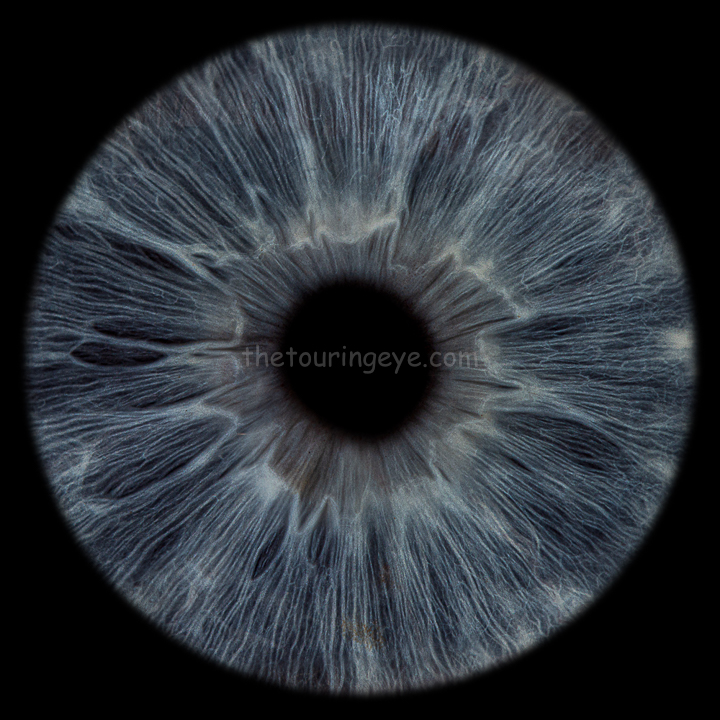
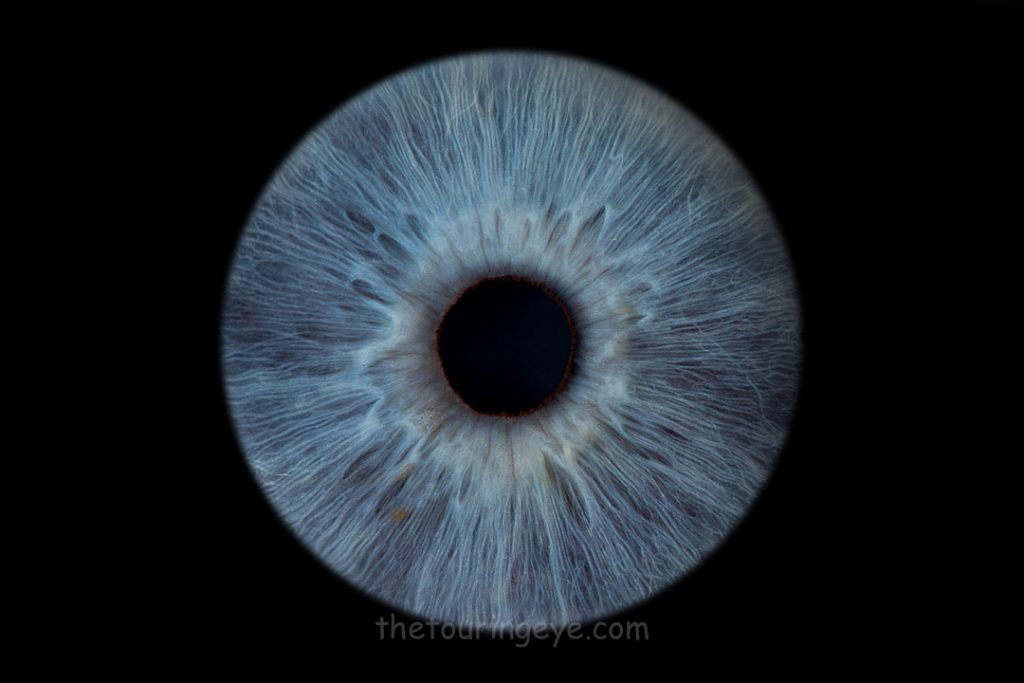
Evolutionary Perspectives
Why on Earth did blue eyes evolve at all if they’re riskier?
The most likely explanation is sexual selection. Thousands of years ago in prehistoric Europe, blue eyes may have stood out in hunter-gatherer groups dominated by brown-eyed individuals. The novelty factor likely made them attractive mates, allowing the mutation to spread.
Another possibility is linked to low-light environments. Blue eyes might have been slightly advantageous in dimmer Northern climates where sunlight is scarce, although evidence here is weaker.
Blue Eyes in Popular Culture
Blue eyes have been woven into myths, literature, and even propaganda.
- Medieval Europe: They were linked to purity and innocence, often depicted in religious art.
- Nazi Germany: The so-called “Aryan ideal” grotesquely fetishised blue eyes, pairing them with blonde hair as symbols of racial superiority. A stark reminder that cultural perceptions of beauty can be weaponised.
- Modern media: From Frank Sinatra’s “Ol’ Blue Eyes” persona to endless Hollywood close-ups, blue eyes are still framed as alluring and exotic.
The truth? They’re just as normal (and fallible) as any other eye colour.
Blue Eyes and Pain Tolerance (A Controversial One)
Some studies have suggested that blue-eyed women may have a slightly higher tolerance for pain during childbirth compared to darker-eyed women, possibly due to genetic differences in pain perception. The evidence is limited and debated, so don’t use this as ammunition in your next pub quiz.
Practical Eye Care for Blue-Eyed People
If you have blue eyes—or are raising a blue-eyed child—there are some practical steps worth taking:
- Sunglasses aren’t optional. Choose lenses with full UVA/UVB protection. Polarised options reduce glare further.
- Hats help too. A wide-brimmed hat offers extra protection in strong sun.
- Regular eye tests. In the UK, the NHS recommends eye checks every two years. Earlier if you notice changes in vision.
- Diet matters. Foods rich in antioxidants (leafy greens, oily fish, nuts) support long-term eye health.
- Watch for changes. New freckles, floaters, or dark spots in or around the iris should be checked by an optician or ophthalmologist.
Pub Quiz Facts About Blue Eyes
- The rarest eye colour overall is green, not blue.
- Actor Daniel Craig (James Bond) is often credited with reigniting a cultural obsession with blue eyes.
- Some Siberian huskies and Siamese cats have the same melanin deficiency effect, giving them piercing blue eyes.
- Blue eyes don’t contain any actual blue pigment. The illusion is entirely due to light scattering.
Final Thoughts
Blue eyes are captivating, but they’re not mystical. They’re the result of an ancient genetic mutation and the physics of light bouncing through a low-melanin iris. While cultural myths persist, the reality is more nuanced: blue eyes are beautiful, rare, and—yes—a little more vulnerable to environmental damage.
If you’re blessed (or cursed, depending on the day) with blue eyes, enjoy them. Just don’t forget your sunglasses.

Leave a Reply
You must be logged in to post a comment.